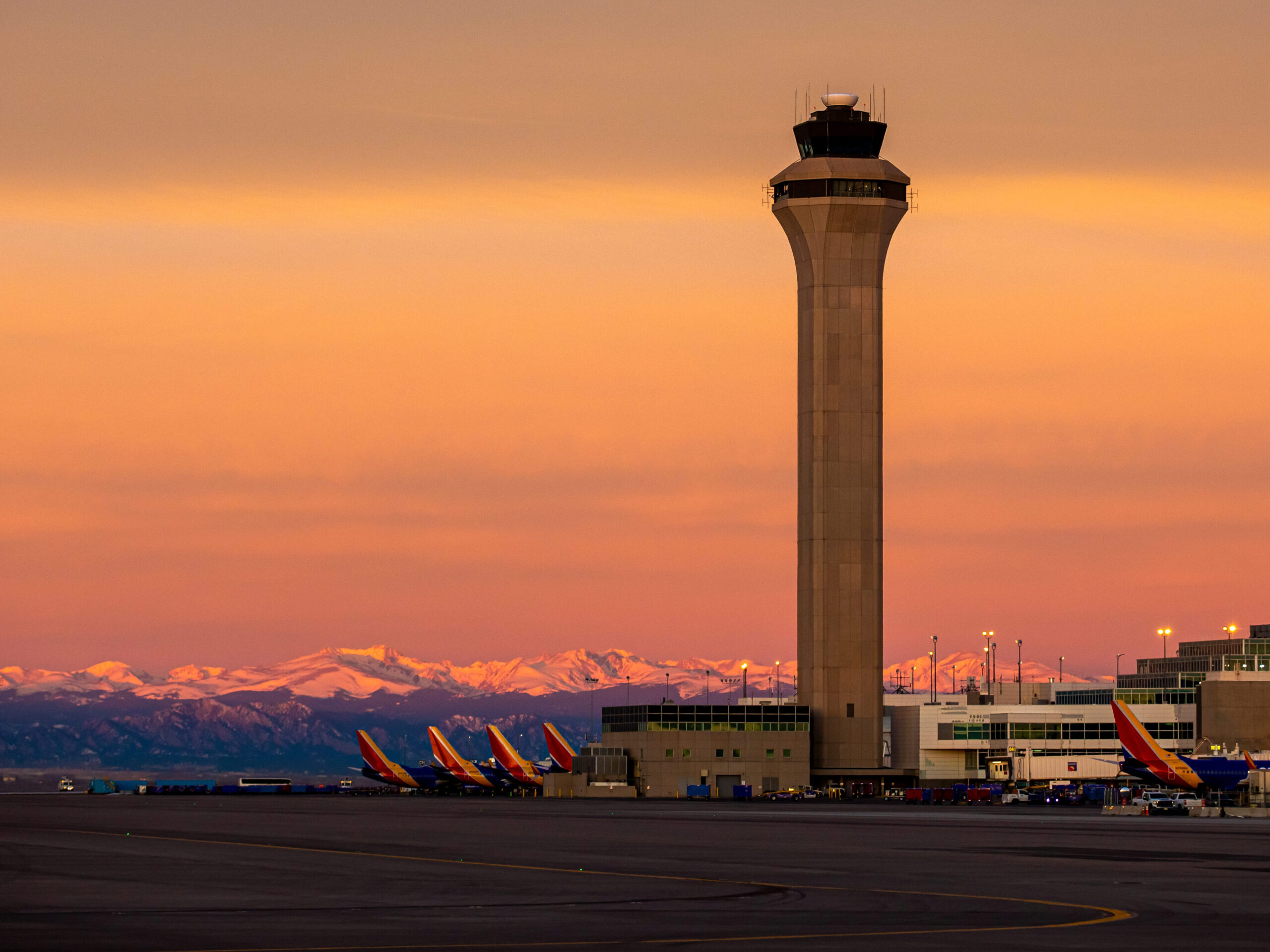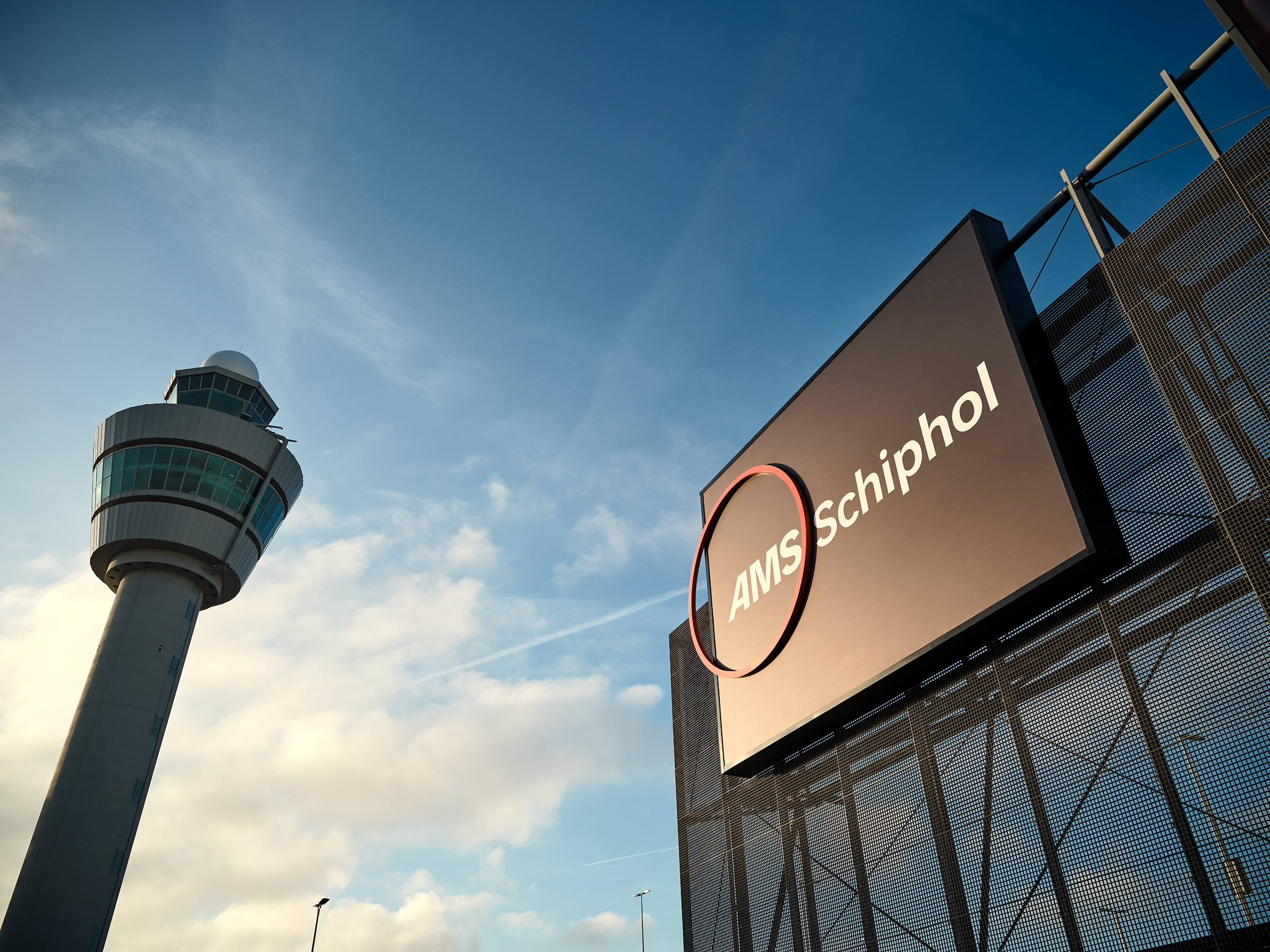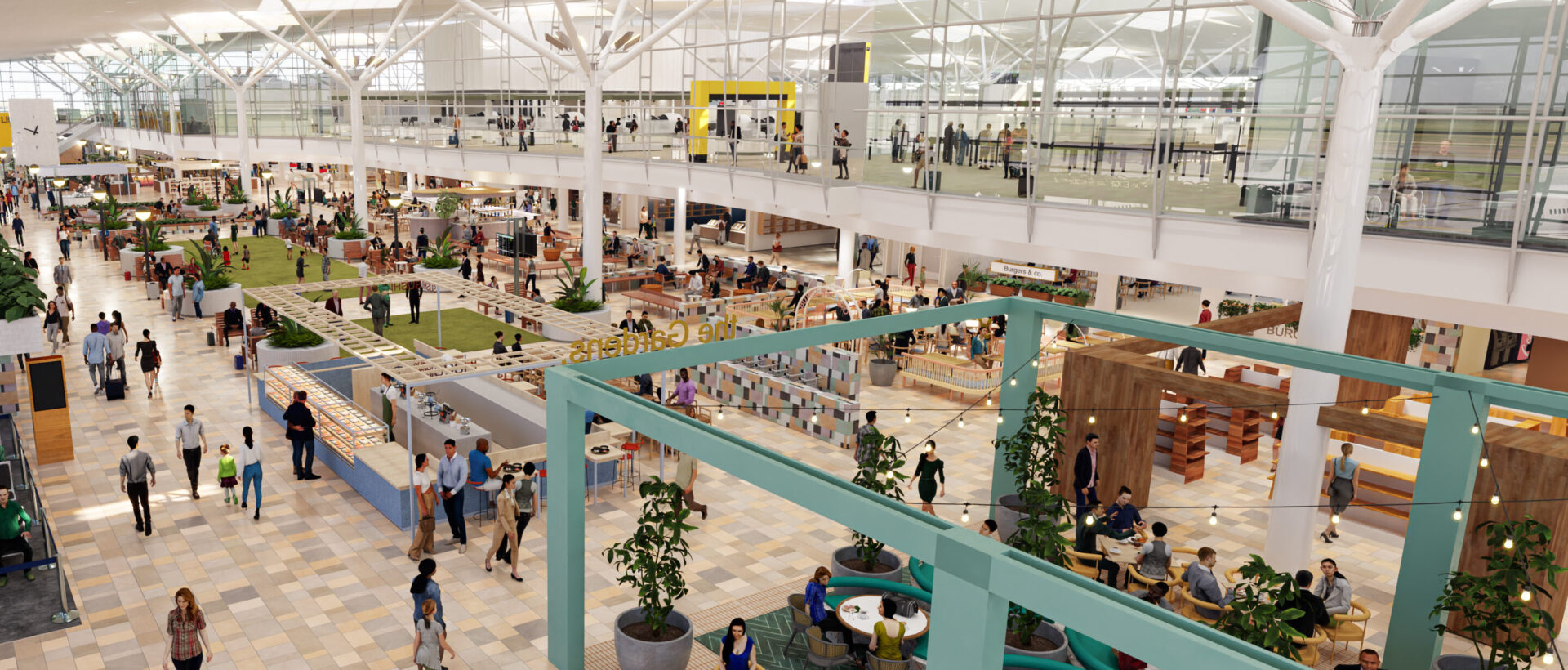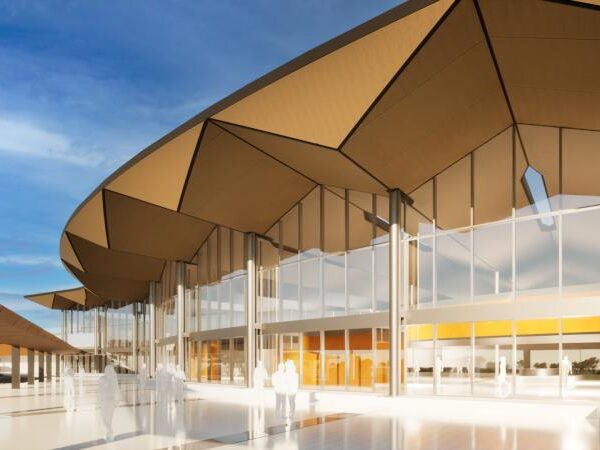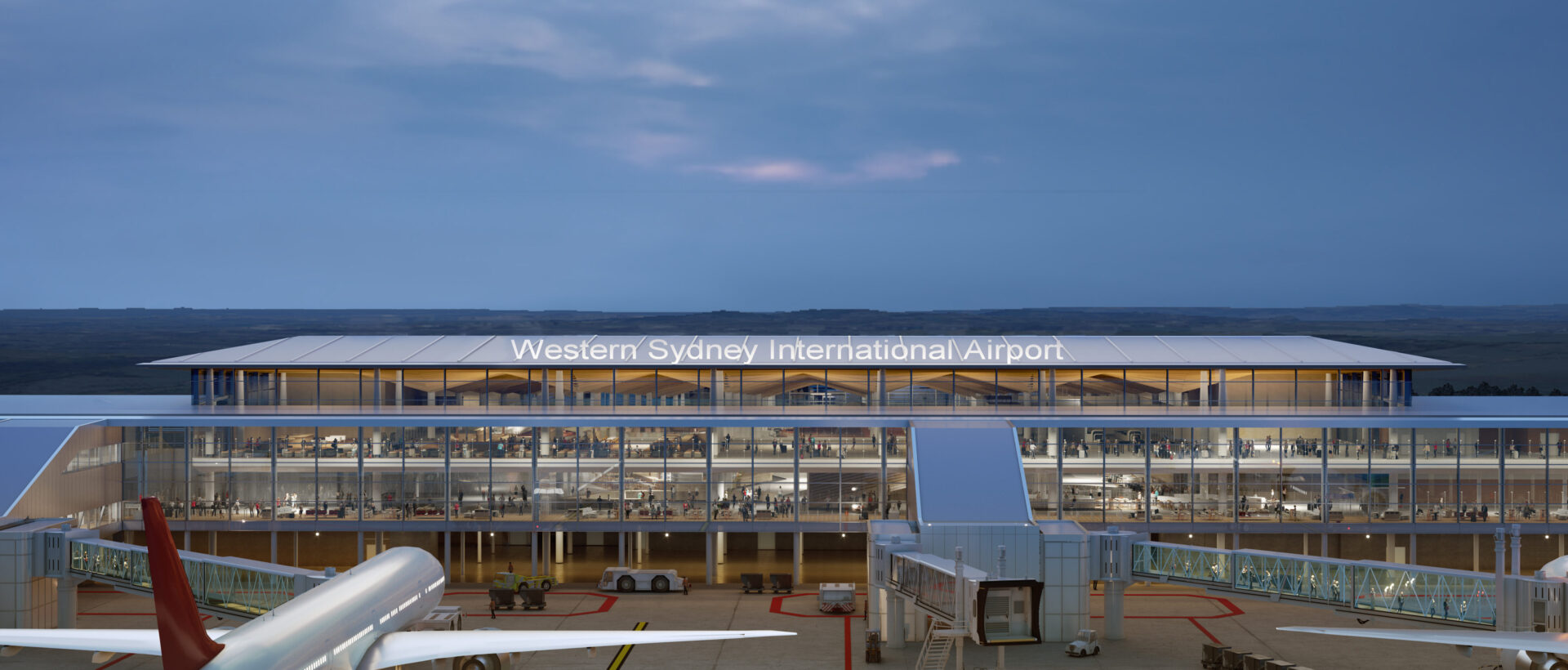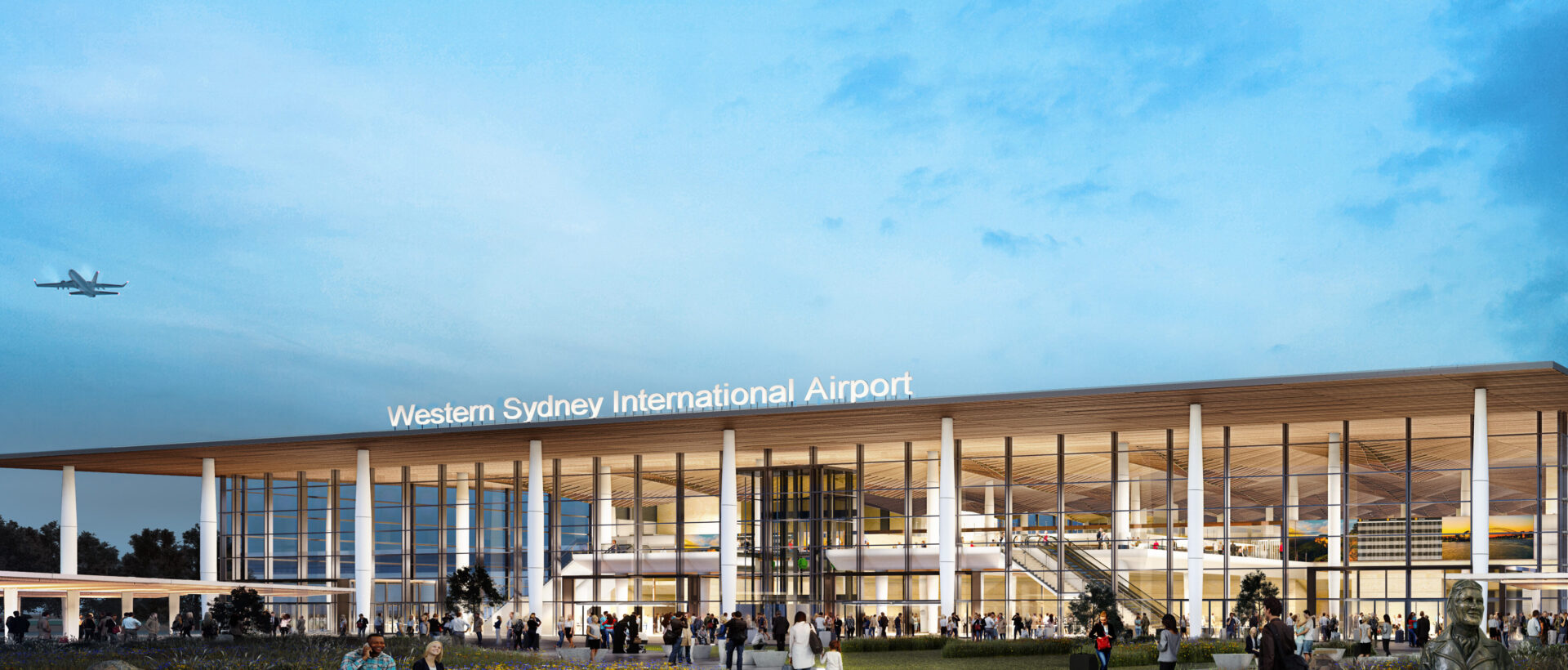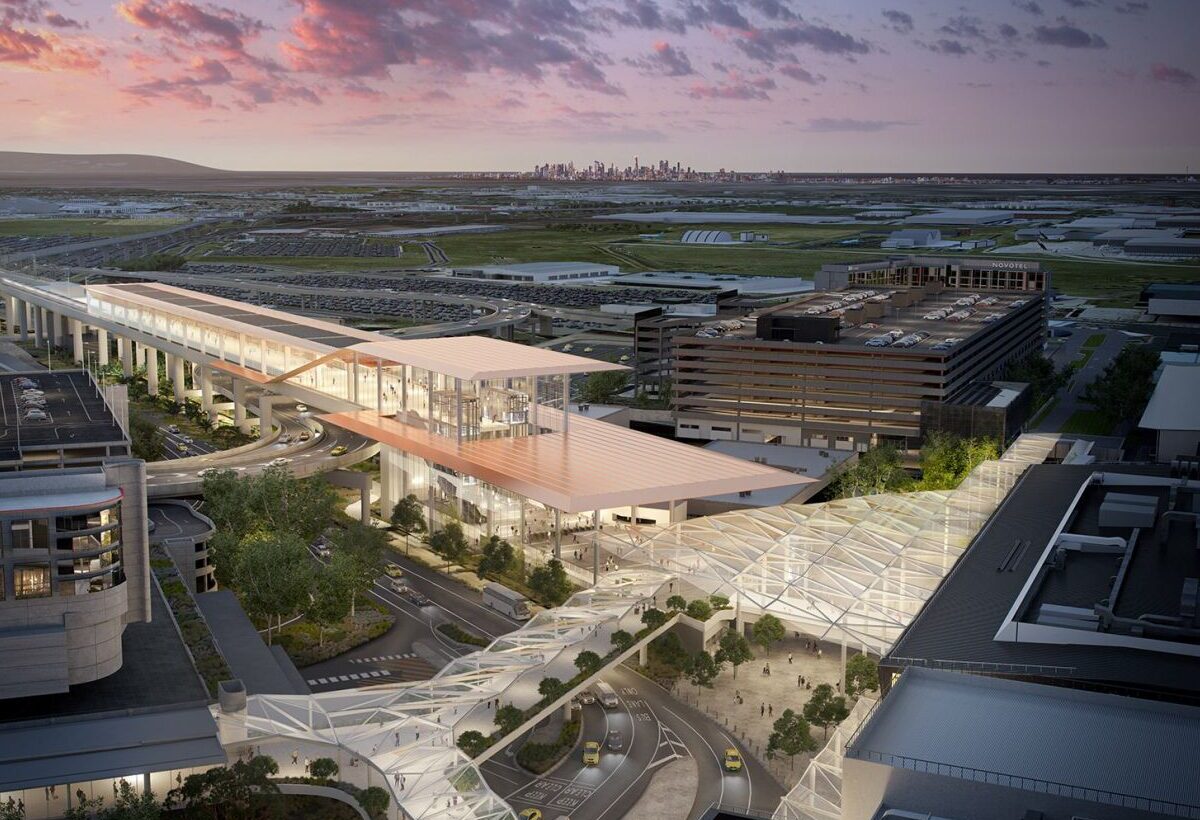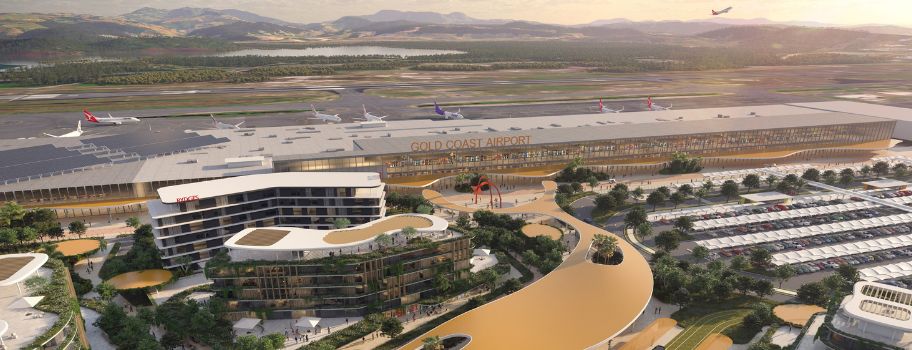Light aircraft tests have commenced at Western Sydney International Airport (WSI) to ensure the runway is ready for operations.
A Piper PA-30 Twin Engine Comanche aircraft has performed take-offs and landings in daylight, dusk, and evening conditions. This tests the airport’s approximately 3,000 Aeronautical Ground Lights (AGLs).
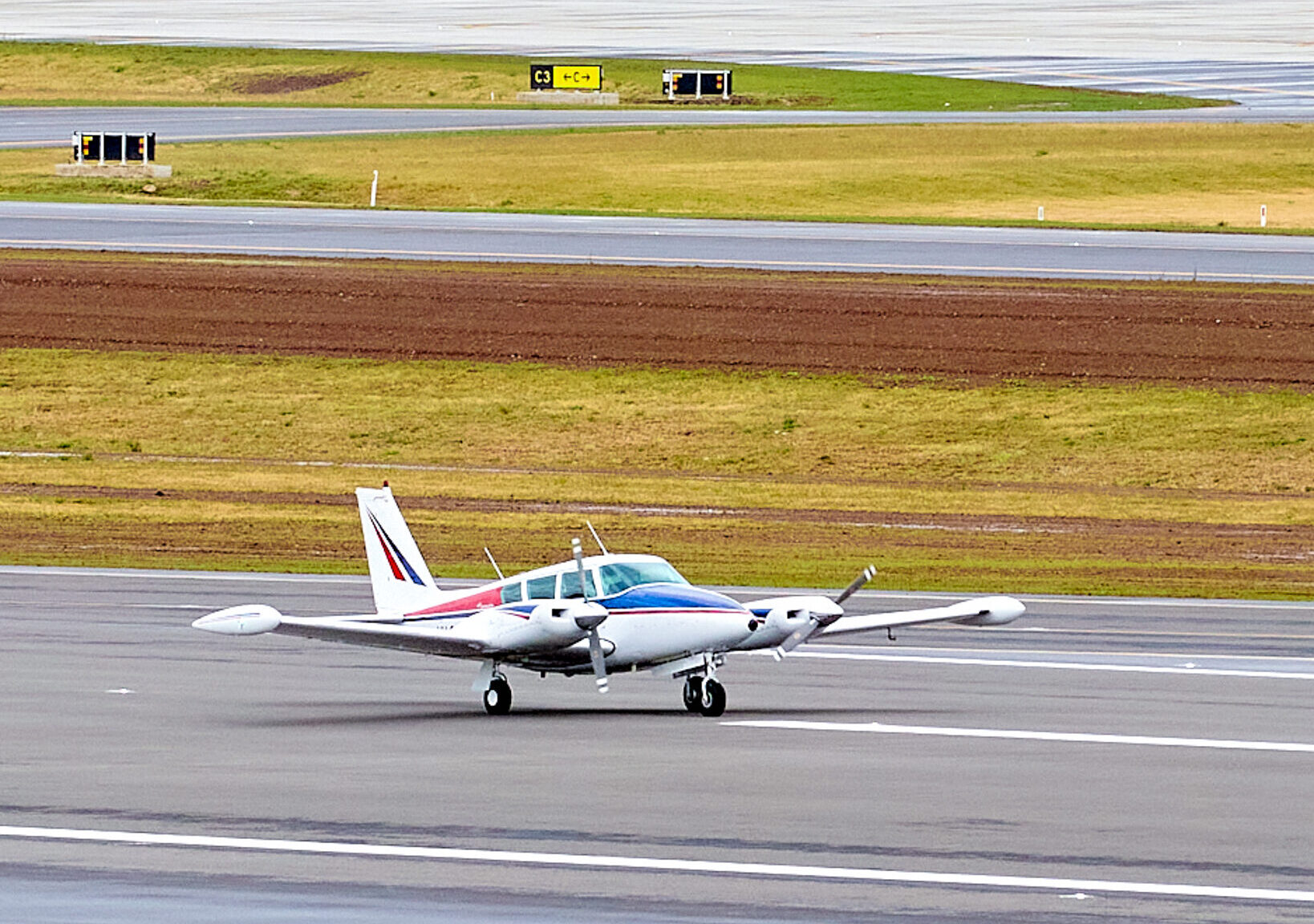
These tests are a key commissioning requirement from the Civil Aviation Safety Authority (CASA) to confirm the lighting system is fully functional prior to the airport’s opening in late 2026.
WSI CEO Simon Hickey said:This week’s flight tests are an important commissioning requirement stipulated by the Civil Aviation Safety Authority (CASA) to help ensure our runway lighting infrastructure is fit for operations.
These tests are the culmination of a tremendous amount of work by our contract partners to level the land, build multiple complex layers of sandstone and asphalt to form the 3.7km runway, and install lighting, line marking and technology systems that will soon support passenger and cargo operations at WSI.
WSI will open with one runway to accommodate 10 million annual passengers.
The airfield’s 3,000 AGLs will ensure safe runway operations even in low-visibility conditions. Additionally, 348 High Intensity Approach Lights (HIAL) will provide critical information on direction, distance, and glidepath, aiding pilots during the transition from instrument flight to visual landings.
WSI will also be the only airport in Sydney equipped with a modern CAT III-B instrument landing system, which will allow aircraft to operate safely in foggy or other adverse weather conditions.
The airport’s airfield has been designed for efficiency, featuring rapid exit taxiways built at a 45-degree angle. This design allows aircraft to enter and exit the runway at higher speeds, significantly reducing the average taxiing time to around five minutes, which is considerably shorter compared to other global airports.
The base layer of the 3.7-kilometre runway is constructed from 5.5 million tonnes of sandstone, diverted from Sydney-based tunneling projects. While the runway is surfaced with asphalt, the sections at both ends are made of concrete to better support aircraft during landing, takeoff, and turning.
The runway has also been grooved to enhance surface friction, providing cross drainage to reduce the risk of hydroplaning in wet conditions and facilitating safer takeoffs and landings.




